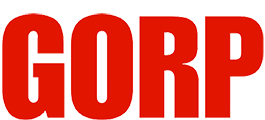In conversation with photographer Daniel Alford
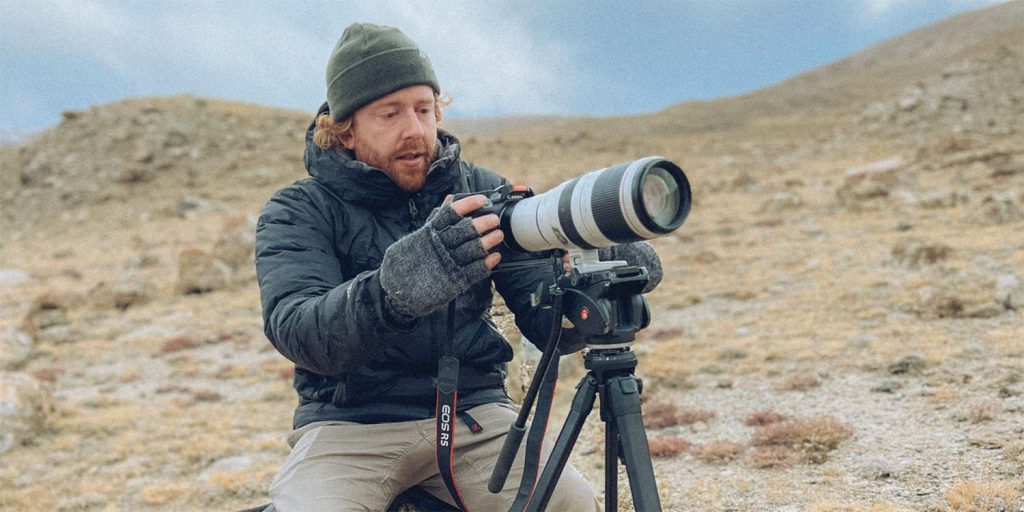
Welsh photographer and videographer Daniel Alford always had an interest in the natural world. While studying geology and earth sciences in university, he took trips to photograph exciting locations like Iceland and Mount Etna. Now he has built a career spanning 11 years, in which he has been featured in publications such as National Geographic and the BBC, and has traveled everywhere from Beinn Alligin in Scotland to the mountains of Kyrgyzstan.
Instagram: @danielalford_
Q. How did you initially get into freelance photography?
A. I would go hiking in Scotland or Norway and take pictures and put it on Instagram. It wasn’t until my first job for Earnest Journal in Greenland that I realised you could do it as a career. From there I started pitching to magazines and building contacts.
Q. How hard has it been getting your work featured in big brands like National Geographic?
A. It’s mostly about learning about what an editor wants from you. If you’re pitching to a magazine showing that you understand the readership is the key thing. If you’re pitching stuff that you know would never be in the magazine you’re wasting your own time.
Q. Is having an online following important?
A. It certainly helps. I’m not too arsed with it though. It’s incentive driven and you end up judging yourself on likes. An important question to ask is who is my feed meant to look good for? Mine is meant to look good for editors, agents and art buyers.
Q. How do you go about taking a landscape shot?
A. Wild camping is really the only way to do it. When I did the West Highland Way, I took all of my own food, camera gear and a tripod. I was just drinking water from streams. I also go to places where there’s going to be a good sunset. I’ll use Google Earth beforehand to simulate the sun coming up and down.
Q. What kind of camera do you prefer to use for natural photography?
A. I use a mirrorless Canon R5. Mirrorless. I started with a mirrored DSLR, a Canon 550D. The more money I earned, the more I was able to invest in it.
Q. What’s the riskiest situation you’ve been in trying to get a photo?
A. I was on a mountain in Norway when the clouds all descended. There was 10 metres of visibility. I wandered off to find some water to cook with and by the time I found some I turned around and I’d lost my tent. It took me almost an hour to find it. When I told my mum that story she bought me some tent pegs that have LEDs in them.
Q. Where’s been your favourite spot in the UK to photograph?
A. I really like Sutherland in Scotland. There’s an area called Assent that’s a good geopark. It’s not wilderness as such but it’s very sparsely populated. It just looks like it’s alien, the landscape.
Q. Does it benefit your mental health?
A. Yeah, it’s what pushed me into the career in a way. All the trips I was doing were self-medicating. There’s a lot of studies about natural rhythms and the positive influence they have on brain frequencies.
Q. What’s the coolest place you’ve gone to on a job?
A. Probably Kyrgyzstan. We were looking for snow leopards. We were up about 4000 metres above sea level camping in the snow for 10 days. There were wolf tracks coming through the camp and loads of bears around. We were horse riding through the mountains and crossing rivers. I didn’t know how to horse ride either. It was a bit of a baptism of fire.
Q. Do you have any advice for aspiring photographers?
A. You’ve just got to keep practising. If you don’t take pictures of things you love, it’ll never come through. You have to really, really want it to the point where you’re not even thinking about it, you’re just doing it.
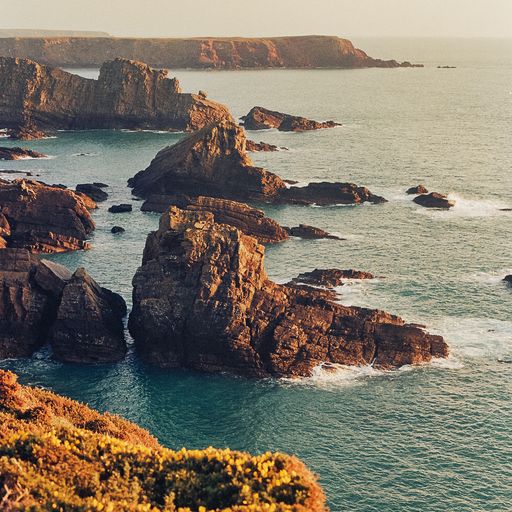
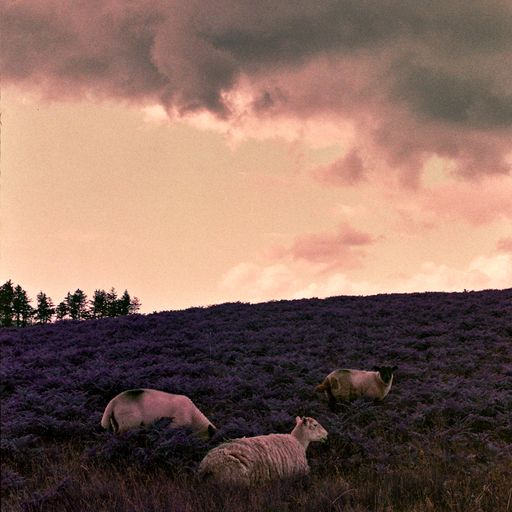
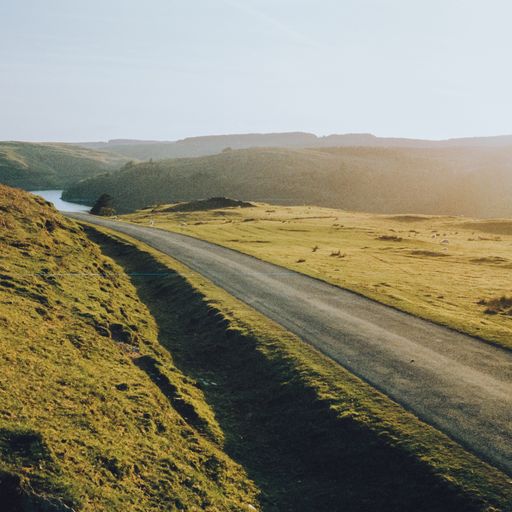
Daniel’s wild camping essentials
- A one-man tent
- A good sleeping bag
- A raw mat (a camping mat designed to protect you from cold, wet and uneven ground)
- Freeze-dried food (food that requires water to rehydrate)
Keep up-to-date with Daniel Alford on his website and his instagram.
